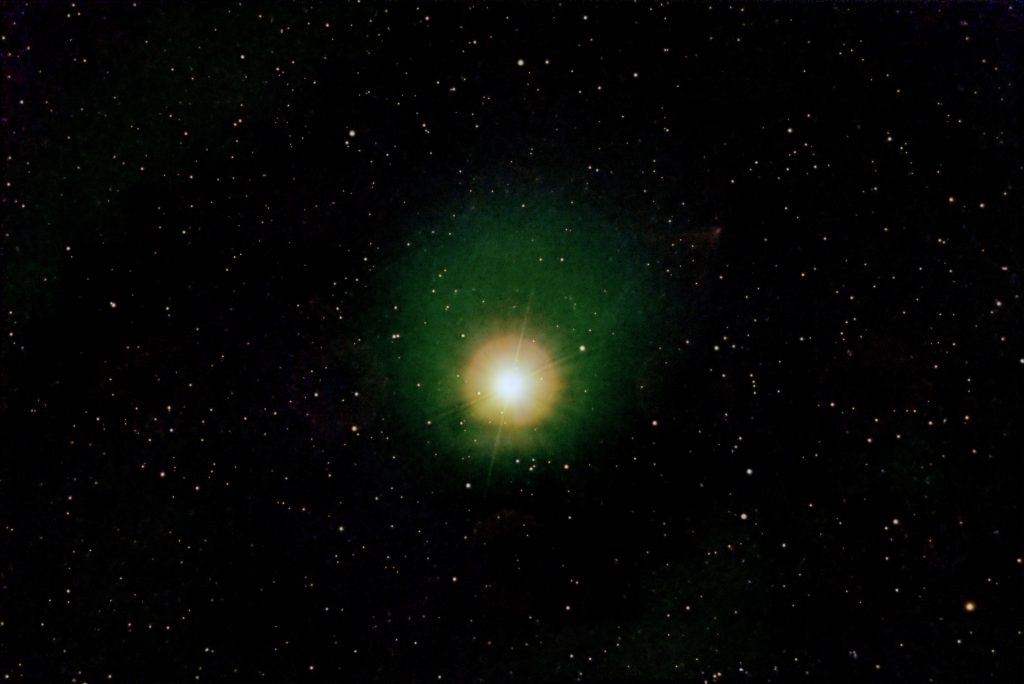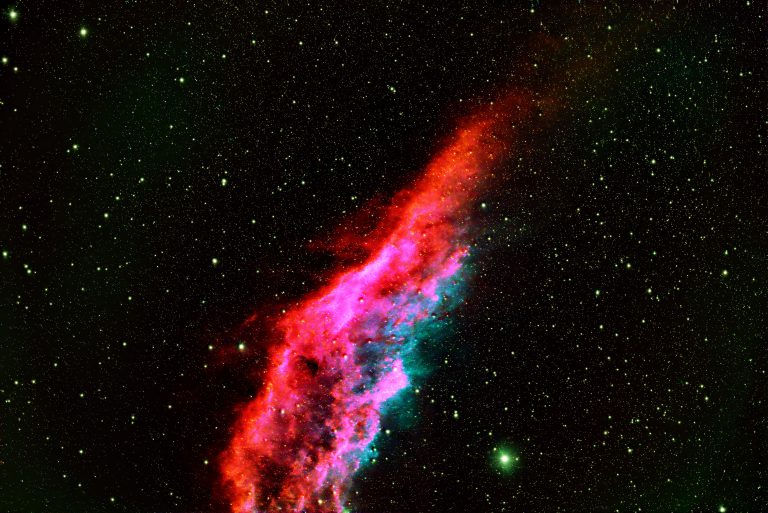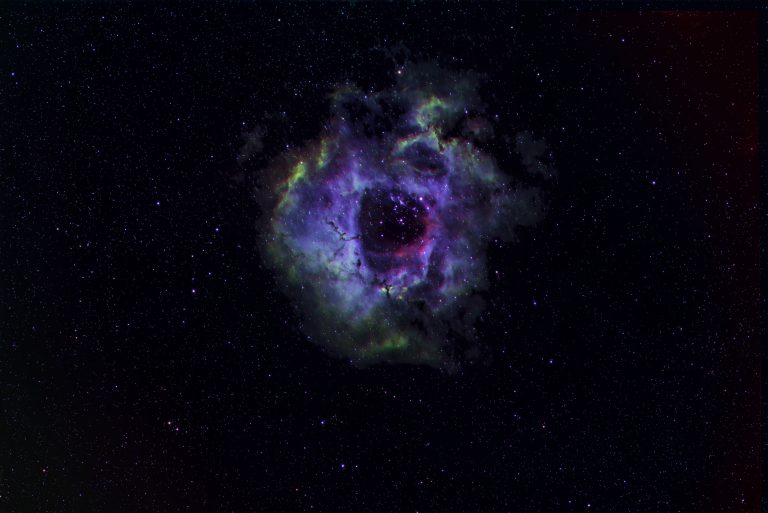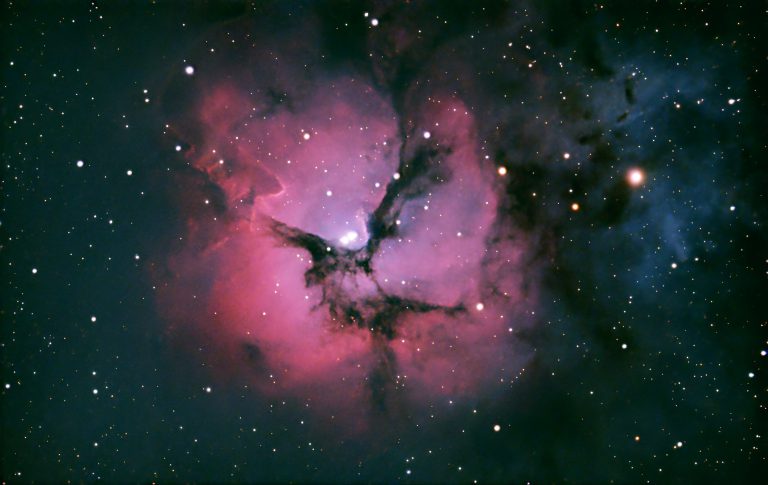
Betelgeuse is a red supergiant star in the constellation of Orion. It is usually the tenth-brightest star in the night sky and, after Rigel, the second brightest in its constellation. It is a distinctly reddish, semiregular variable star whose apparent magnitude, varying between +0.0 and +1.6, with a main period near 400 days, has the widest range displayed by any first-magnitude star. Betelgeuse is the brightest star in the night sky at near-infrared wavelengths. Its Bayer designation is α Orionis, Latinised to Alpha Orionis and abbreviated Alpha Ori or α Ori.
Starting in October 2019, Betelgeuse began to dim noticeably, and by mid-February 2020 its brightness had dropped by a factor of approximately 3, from magnitude 0.5 to 1.7. It then returned to a more normal brightness range, reaching a peak of 0.0 visual and 0.1 V-band magnitude in April 2023. Infrared observations found no significant change in luminosity over the last 50 years, suggesting that the dimming was due to a change in extinction around the star rather than a more fundamental change. A study using the Hubble Space Telescope suggests that occluding dust was created by a surface mass ejection; this material was cast millions of miles from the star, and then cooled to form the dust that caused the dimming.
Object Designations:
Also known as:
Constellation: Orion
Object Type: Star
Distance: 408 light-years away
Magnitude: 4
Discovery: Sir William Herschel in 1836
This final image is:
50 – 15 second subs at 100 gain – no filter – just over 12 minutes of integration (needs more)
I processed the images using Pixinsight using:
Blink to clear out low quality images
Weighted Batch Balance
SpectroPhotometricCalibration
AutomaticBackgroundExtractor
BlurExterminator
NoiseExterminator
GeneralizedHyperbolicStrectch
ColorCalibration on both versions
StarXTerminator
Curves on both versions using other version as mask
Pixmath to put stars back with both images.


